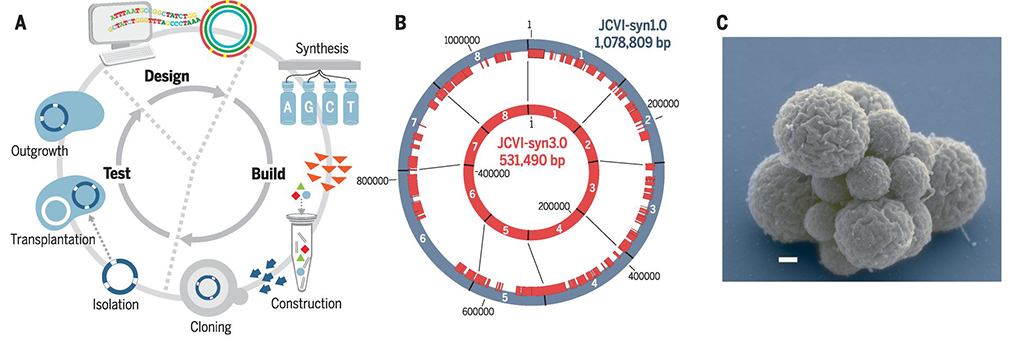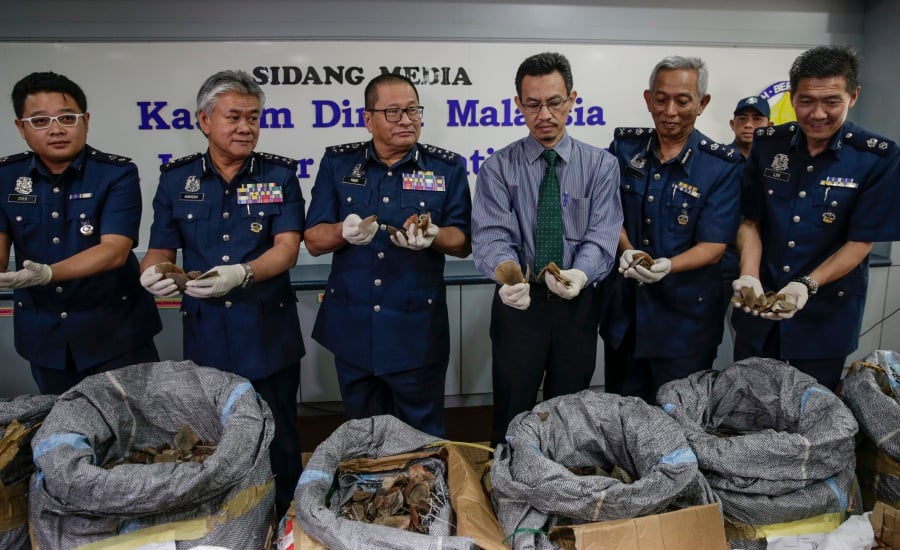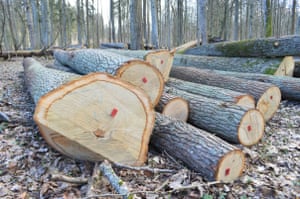Scientists create new life form in a lab, altering the fundamentals of DNA
The work has been able to 'lay the foundation for achieving the central goal of synthetic biology: the creation of new life forms and functions'
For as long as life on Earth has existed, all of it has been made up of only four letters. DNA has been written in just those four letters – G, T, C and A – which together create the code that underlies every living thing ever known.
That's until now. Scientists have announced that they have created living organisms using an expanded genetic code. That could in turn lead to the creation of entirely new lifeforms, using combinations of DNA that couldn't possible have existed before.
Two researchers created a bacterium that not only uses the four natural bases, but also uses a pair of synthetic ones known as X and Y. In doing so, the researchers say that they have been able to "lay the foundation for achieving the central goal of synthetic biology: the creation of new life forms and functions".
Because of the novel and synthetic forms of DNA that are being used, those life forms won't just be never before seen. They could include "wholly unnatural attributes and traits not found elsewhere in nature", the researchers write.
The X and Y letters of DNA were first created by the same scientists, Professor Floyd Romesberg and his colleague, in 2014. They were demonstrated in modified E. coli bacteria that had them integrated into their genetic code.
"We can now get the light of life to stay on," said Professor Romesberg in a statement. "That suggests that all of life's processes can be subject to manipulation."
At the moment, that manipulation and the process is limited only to single cells and can't be used in more complex organisms. And at the moment it can't actually be applied, existing only as a proof of concept.
But the researchers are now looking at how to write the new genetic code onto RNA, which is used to turn DNA into proteins.













